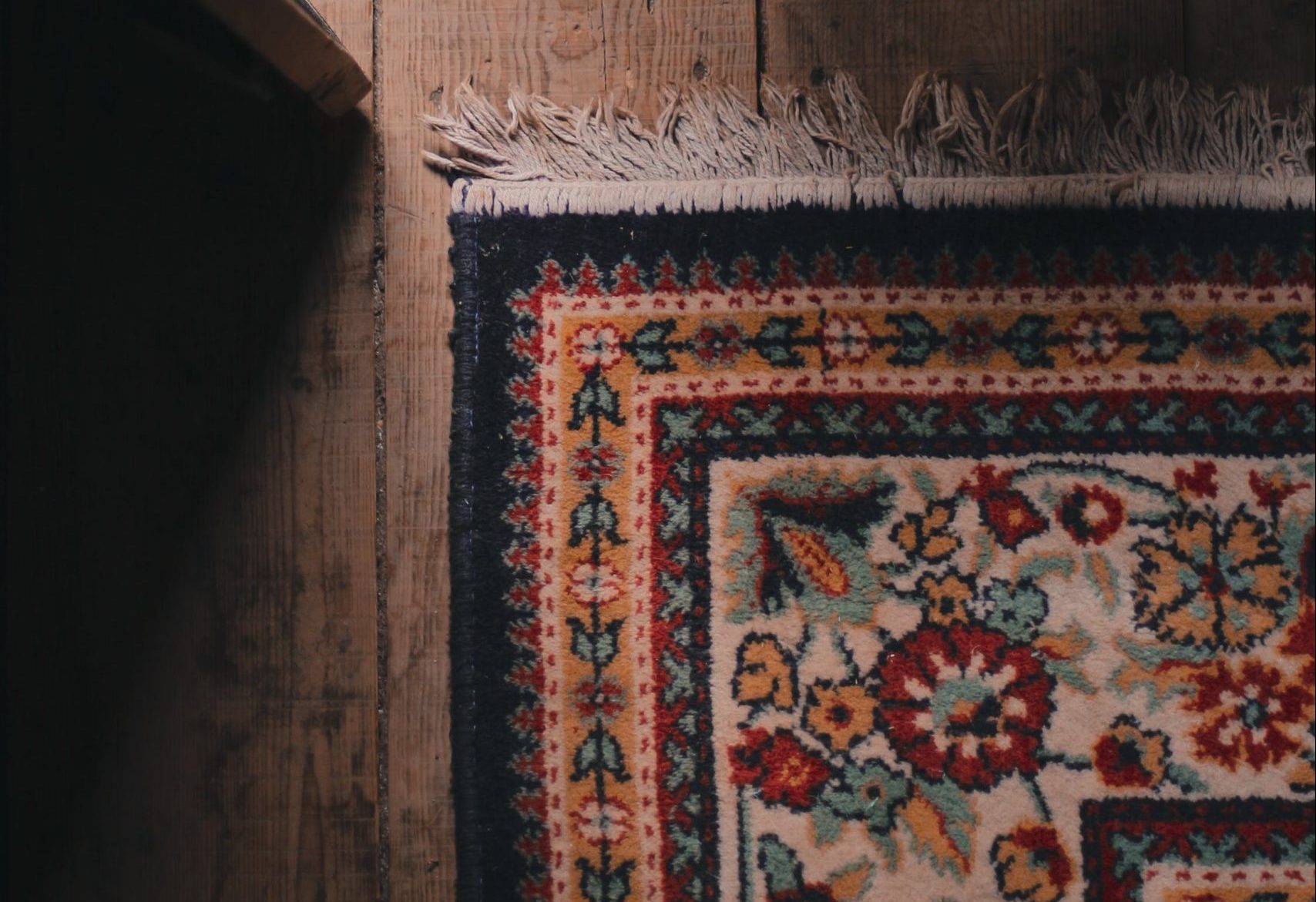
10 Dec Is 30 year old carpet unhealthy?
Carpet is a popular flooring choice for its warmth, comfort, and noise-reducing properties. However, like any other home furnishing, carpets wear down over time. While the lifespan of a carpet varies depending on factors like fiber type, maintenance, and traffic, the question arises – is a 30-year-old carpet safe for your health?
In this blog, we delve into the potential health risks associated with old carpets and provide guidance on determining if your 30-year-old carpet requires replacement.
Risks Associated with Old Carpets:
Several factors contribute to the potential health risks associated with old carpets:
- Accumulation of dust, dirt, and allergens: Over time, carpets trap dust, dirt, pet dander, and other allergens. These allergens can trigger respiratory problems like asthma and allergies, especially for individuals with sensitivities.
- Growth of mold and mildew: Old carpets, especially in damp environments, provide an ideal breeding ground for mold and mildew. These fungi can release spores that irritate the respiratory system and cause allergic reactions.
- Off-gassing of harmful chemicals: Some carpets contain volatile organic compounds (VOCs) that can be off-gased into the air, causing headaches, nausea, and other health problems. While off-gassing is more prevalent in new carpets, it can also occur in older carpets depending on the materials used.
- Deterioration of fibers: Worn-out carpet fibers can shed and become airborne, further contributing to dust and allergen levels in the environment.
Harmful Contaminants Lurking Within:
Over time, carpets accumulate a multitude of harmful contaminants, including:
- Dust mites: Microscopic creatures that thrive in warm, humid environments, feeding on dead skin cells. Their droppings are powerful allergens that can trigger asthma attacks, allergic rhinitis, and eczema.
- Mold and mildew: These fungi flourish in damp, poorly ventilated areas, producing spores that can cause respiratory problems, skin irritation, and eye infections.
- Pet dander: Microscopic flakes of skin shed by cats, dogs, and other furry friends. Pet dander can trigger allergies and asthma symptoms, even in individuals not allergic to pets themselves.
- Chemical residues: Volatile organic compounds (VOCs) are emitted from household products and can linger in carpets, contributing to respiratory issues and headaches.
- Lead: Older carpets installed prior to the 1978 ban on lead-based paint may contain traces of this toxic metal, posing a serious health risk, especially to children.
Signs Your 30-Year-Old Carpet Needs Replacement:
Several signs indicate that your 30-year-old carpet might be due for a replacement:
- Visible wear and tear: Thinning fibers, matting, and stains show your 30-year-old carpet needs replacing.
- Persistent odors: Persistent odors may suggest mold, mildew, or pet urine, even with regular cleaning.
- Increased allergies and respiratory problems: Worsening allergies or respiratory symptoms in carpeted areas signal replacement time.
- Frequent cleaning and maintenance: Older carpets might require more frequent professional cleaning to maintain hygiene and air quality.
- Underlying damage: Suspected water damage or mold growth underneath requires replacement to prevent health risks.
Determining the Health of Your Carpet
Before deciding to replace your 30-year-old carpet, consider these steps:
- Visual inspection: Look for signs of wear and tear, including thinning fibers, matting, stains, and tears.
- Smell test: If you notice persistent odors, even after cleaning, it might be indicative of mold or other issues.
- Professional assessment: Consider scheduling a professional inspection to identify any hidden damage, mold growth, or potential health hazards.
Choosing a Healthy Carpet Option:
When replacing your carpet, prioritise the following factors:
- Fiber type: Opt for natural fibers like wool or sisal, or synthetic fibers like nylon or olefin, known for their durability and stain resistance.
- Pile height: Choose a low pile carpet for easier cleaning, especially in high-traffic areas.
- Certifications: Look for carpets with certifications like CRI Green Label Plus, which signifies low VOC emissions and improved indoor air quality.
- Professional installation: Ensure proper installation to prevent moisture buildup and mold growth.
Investing in a healthy carpet is an investment in your well-being. By understanding the risks of aging carpets and choosing appropriate replacements, you can create a healthier and more comfortable living environment for yourself and your loved ones.
Alternatives to Replacing Your Carpet
If your budget or circumstances aren’t conducive to full replacement, consider these alternatives:
- Deep cleaning and professional carpet restoration: This can significantly improve the appearance and hygiene of your carpet, extending its lifespan.
- Adding area rugs: Area rugs placed over high-traffic areas can protect the underlying carpet and offer a refreshed look.
- Improving air quality: Invest in an air purifier to help reduce dust and allergen levels in the air.
Final Thoughts
Ultimately, the decision to replace your 30-year-old carpet depends on its condition, your budget, and health concerns. Consider the potential health risks, visible signs of wear, and available alternatives before making a decision. If you have any doubts or concerns, it’s recommended to consult a professional carpet specialist or a certified indoor air quality specialist.
By understanding the potential health risks associated with old carpets and taking proactive measures, you can ensure a healthy and comfortable living environment for yourself and your family. Remember, investing in a new carpet might be an investment in your well-being.



